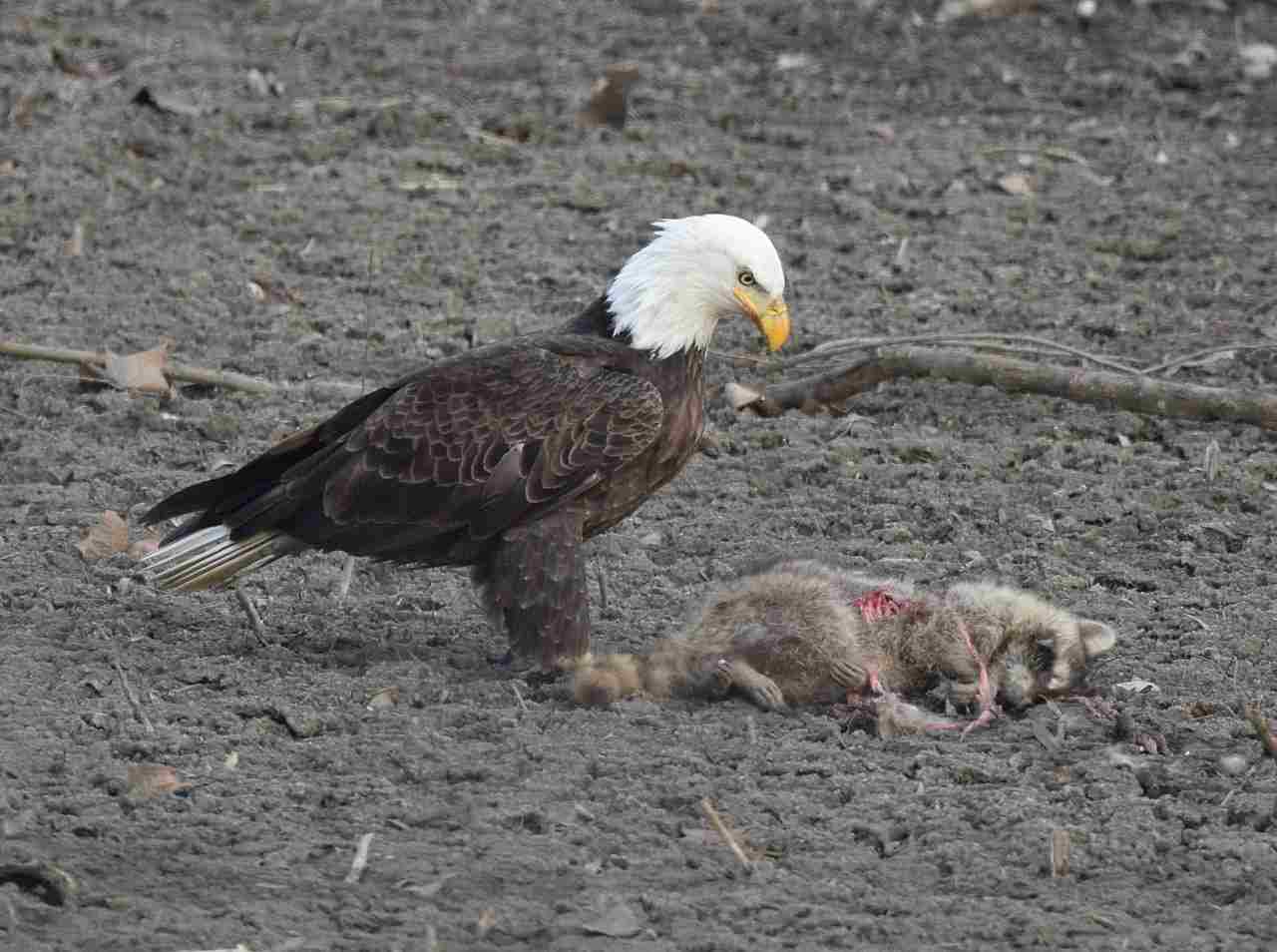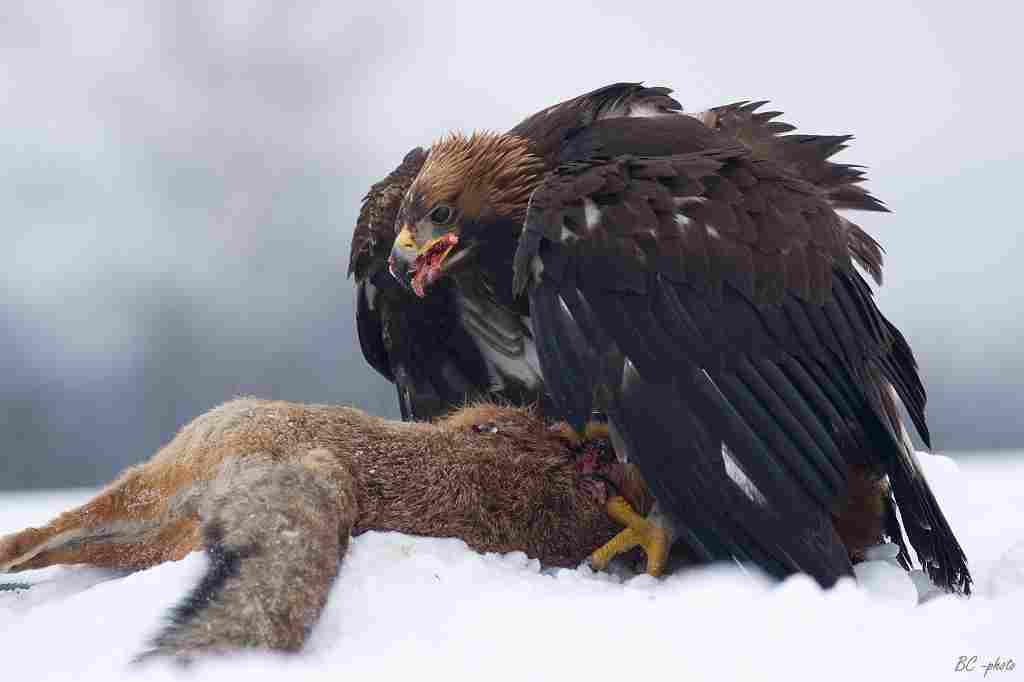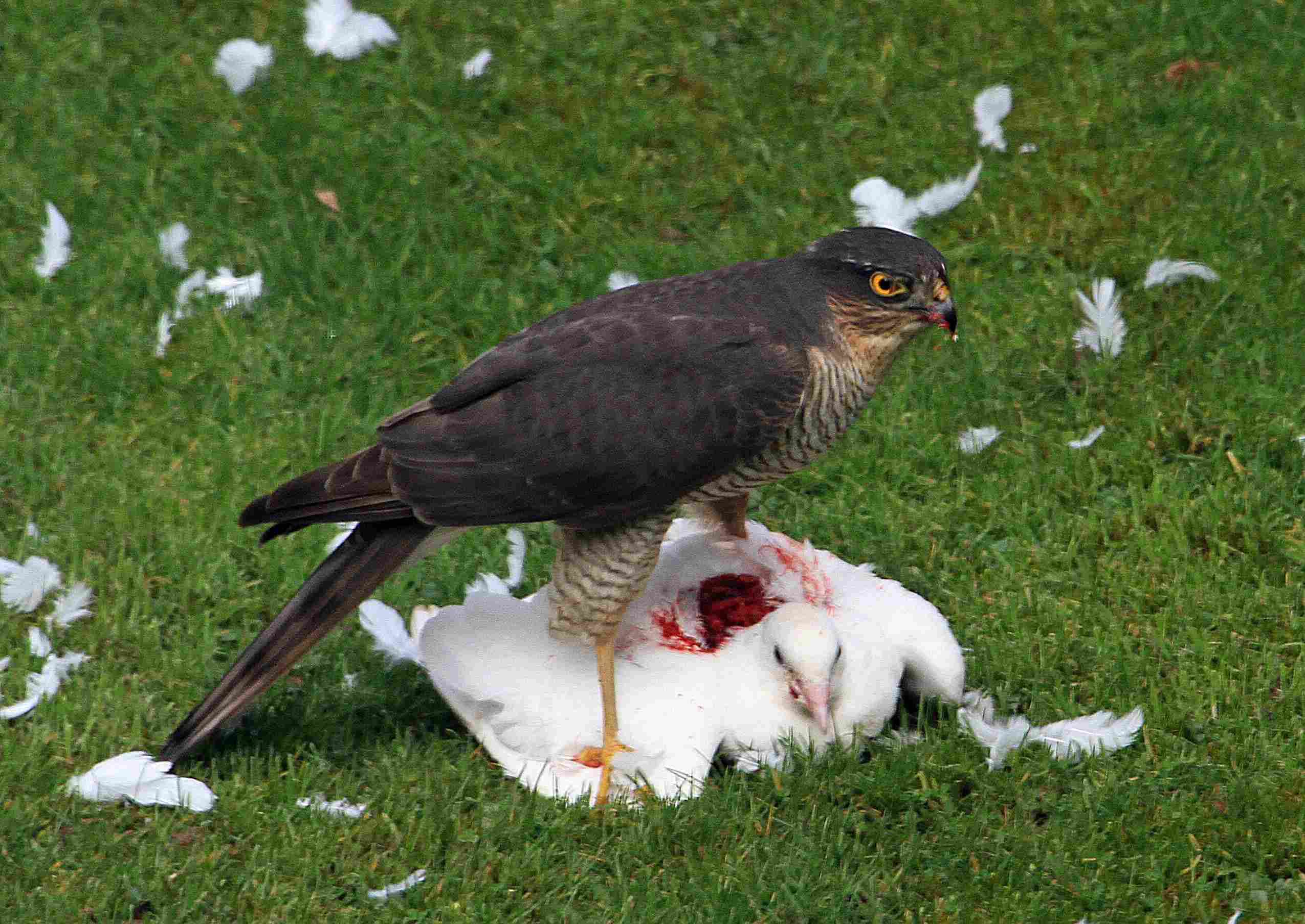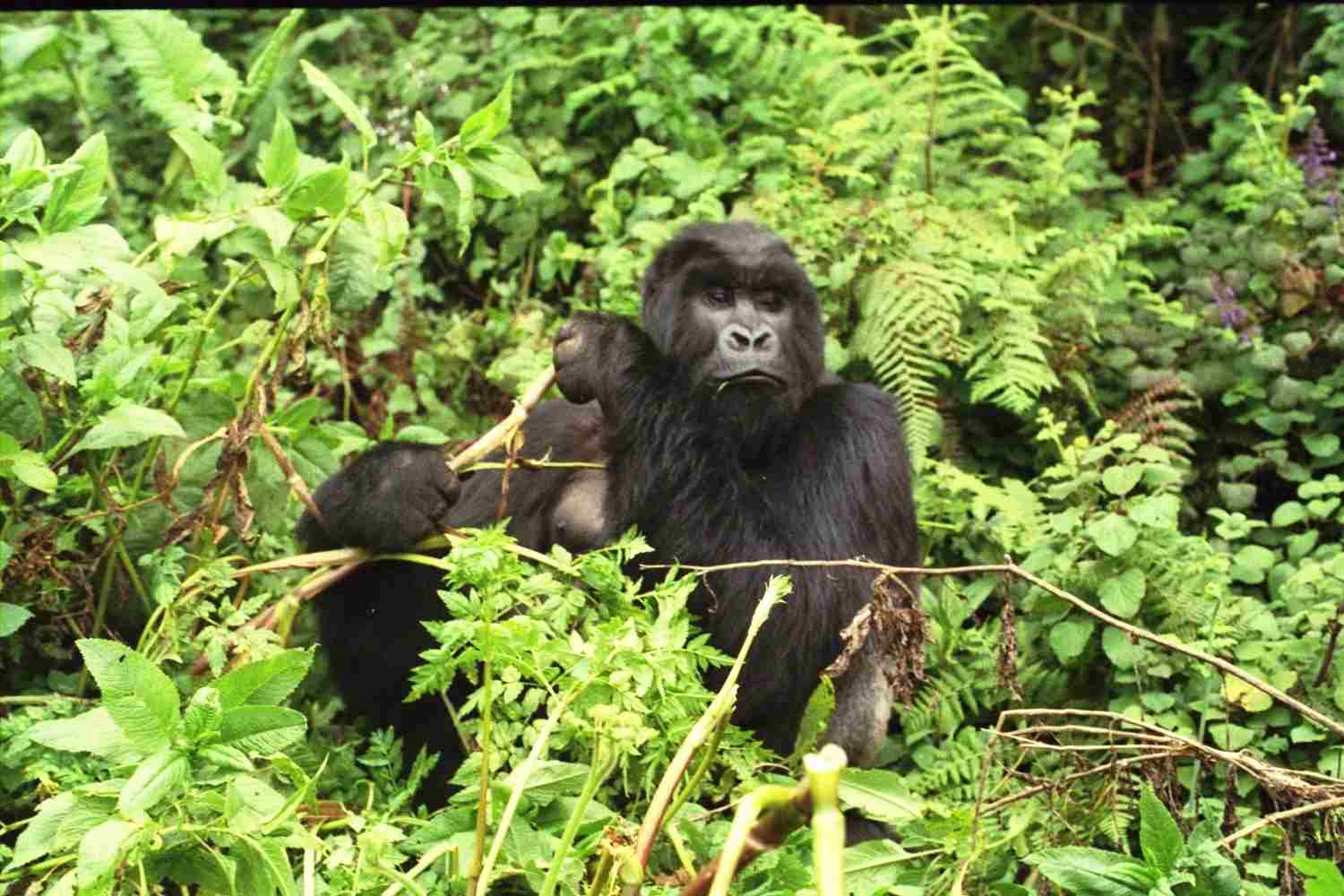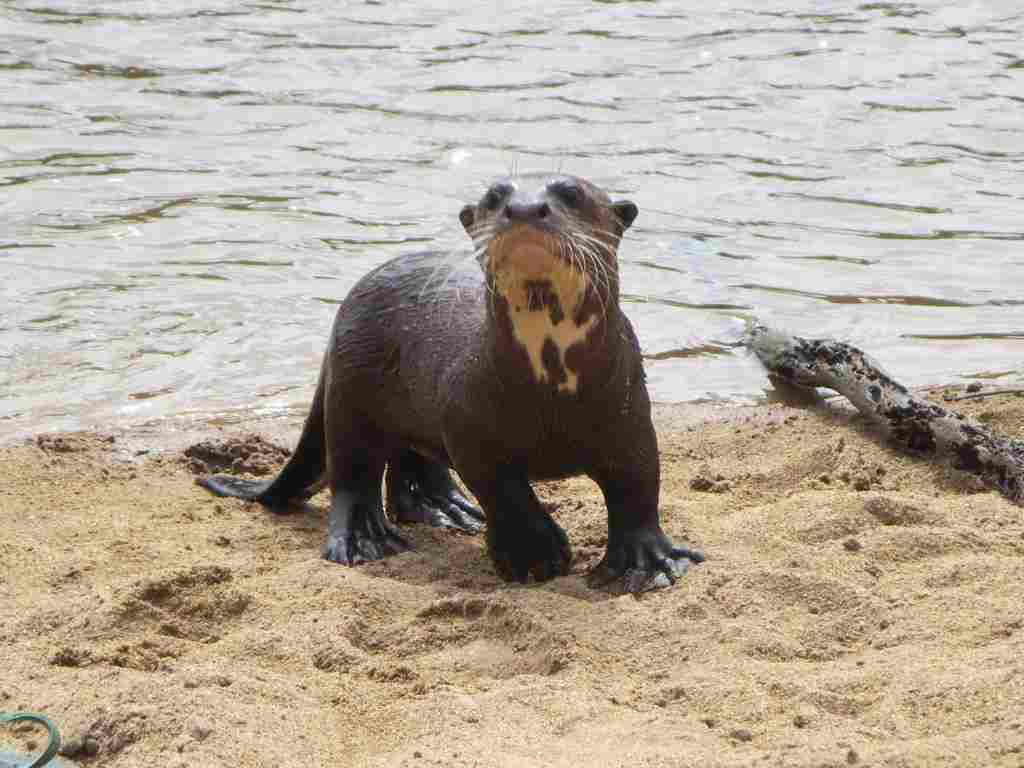23+ Consumers in the Rainforest Ecosystem and Their Characteristics
Consumers in the rainforest include primary, secondary, tertiary, and quaternary consumers, each playing vital roles in the ecosystem. Examples of primary consumers are gorillas, sloths, and macaws, while secondary consumers include ocelots, tree frogs, and civets. Tertiary consumers like river otters, pythons, and hawks prey on secondary consumers, and quaternary consumers such as jaguars, harpy eagles, and leopards feed on tertiary consumers. These consumers contribute to ecosystem balance, nutrient cycling, seed dispersal, and pollination in the rainforest. Protecting their habitats is crucial for maintaining the health of these biodiverse ecosystems.
Primary Consumers in the Rainforest

Primary consumers play a vital role in the rainforest ecosystem by feeding directly on plant material. In the lush, biodiverse environment of the rainforest, primary consumers have adapted to various niches and feeding habits.
-
Gorilla: These majestic primates primarily feed on leaves, stems, and fruits found in the rainforest understory. Their powerful jaws and teeth are adapted for chewing tough vegetation.
-
Sloth: Known for their slow movements and arboreal lifestyle, sloths primarily consume leaves, buds, and tender shoots. Their slow metabolism allows them to survive on a diet low in nutrients.
-
Proboscis Monkey: Found in the swampy regions of rainforests, proboscis monkeys mainly feed on leaves, fruits, and seeds. Their distinctive long nose is believed to amplify vocalizations.
-
Macaw: These colorful birds are seed predators, often cracking open hard-shelled nuts and fruits with their strong beaks. They play a crucial role in seed dispersal within the rainforest.
-
Agouti: Agoutis are small rodents that primarily feed on fallen fruits, seeds, and nuts. They play a significant role in seed dispersal and forest regeneration.
-
Fruit Bat: Fruit bats are important pollinators and seed dispersers in the rainforest. They feed on nectar, pollen, and fruits, aiding in the reproduction of many plant species.
-
Lemur: Found in Madagascar’s rainforests, lemurs are primarily herbivorous, feeding on fruits, leaves, flowers, and occasionally insects. They are crucial for seed dispersal and pollination.
-
Tapir: Tapirs are large herbivores that feed on leaves, twigs, fruits, and aquatic vegetation. They play a vital role in shaping the structure and diversity of plant communities through their browsing habits.
These primary consumers form the foundational level of the rainforest food web, transferring energy from plants to higher trophic levels. Their feeding habits, behaviors, and interactions with the environment contribute to the overall health and stability of the rainforest ecosystem.
Secondary Consumers in the Rainforest
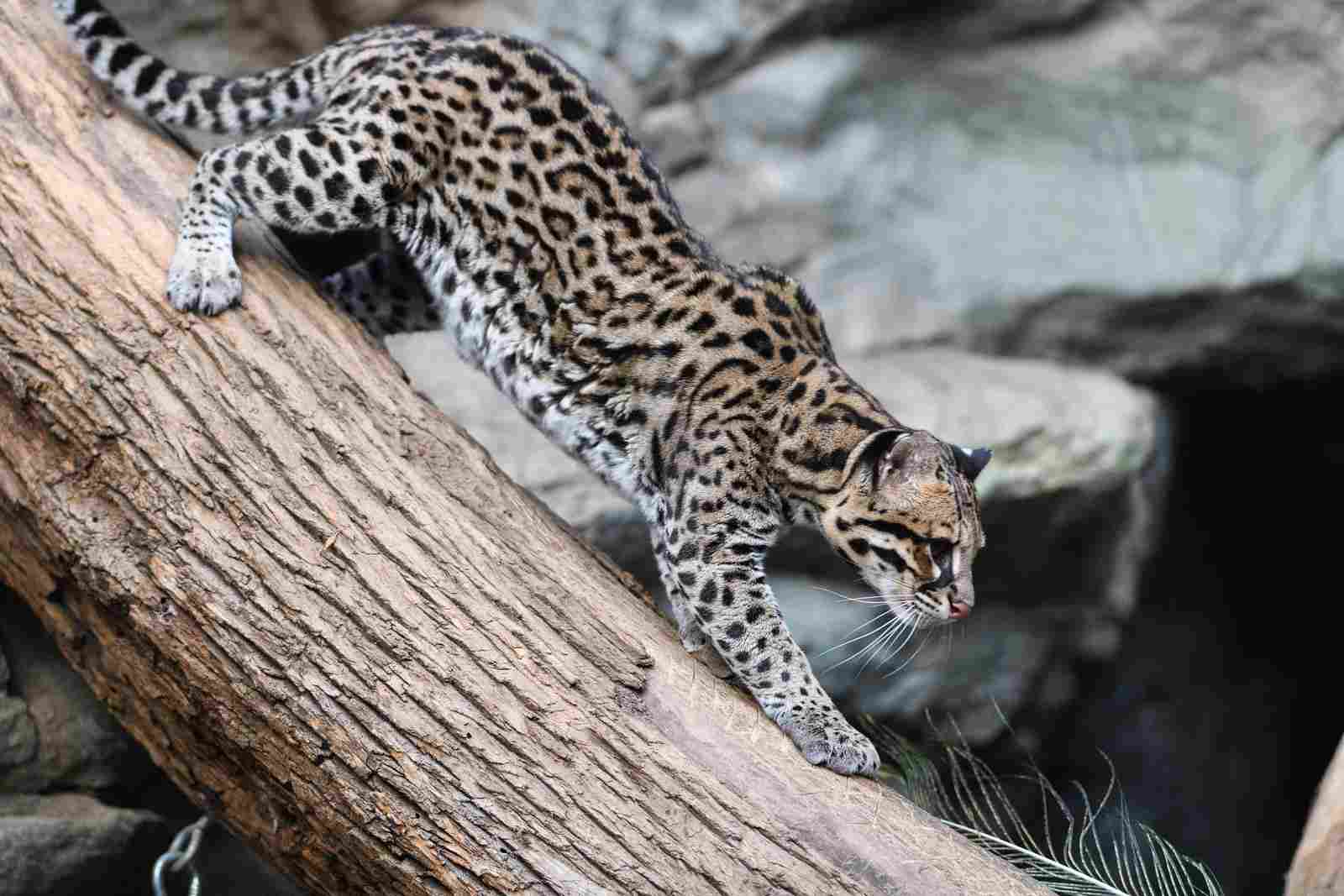
Secondary consumers occupy the next trophic level in the rainforest food web, preying on primary consumers for sustenance. These predators and omnivores play a crucial role in regulating prey populations and maintaining ecosystem balance.
-
Tree Frog: Arboreal predators like tree frogs prey on insects and smaller vertebrates in the rainforest canopy. Their sticky tongues allow them to capture a variety of prey, contributing to insect population control.
-
Ocelot: As agile and stealthy hunters, ocelots primarily prey on small mammals like rodents, birds, and reptiles. Their spotted fur camouflages them in the dappled light of the forest floor, aiding in ambush hunting.
-
Civet: Civets are omnivorous mammals that feed on a diverse diet including fruits, insects, small mammals, and sometimes carrion. They play a role in seed dispersal and nutrient cycling through their feeding habits.
-
Genet: Genets are nocturnal predators that hunt small mammals, birds, reptiles, and insects. Their slender bodies and sharp claws make them adept climbers and hunters in the dense rainforest understory.
-
Spider Monkey: Highly agile and acrobatic, spider monkeys primarily feed on fruits, nuts, seeds, and leaves. However, they also consume insects and small vertebrates when fruit is scarce, contributing to ecosystem nutrient cycling.
-
Vampire Bat: These unique bats feed on the blood of mammals, including livestock and occasionally humans. While they primarily consume blood, they also supplement their diet with fruits and other food sources when available.
-
Owl: Nocturnal hunters like owls play a crucial role in controlling rodent populations in the rainforest. Their silent flight and keen senses allow them to ambush prey effectively, contributing to ecosystem balance.
-
Snakes: Various snake species in the rainforest prey on rodents, birds, lizards, and other small animals. They help regulate prey populations and prevent overgrazing by primary consumers.
Secondary consumers contribute to the complexity and stability of the rainforest ecosystem by controlling prey populations and maintaining ecological balance. Their diverse feeding habits and adaptations reflect the richness and diversity of the rainforest environment.
Tertiary Consumers in the Rainforest
Tertiary consumers represent the upper levels of the rainforest food chain, preying on secondary consumers and sometimes other tertiary consumers. These apex predators play a crucial role in regulating lower trophic levels and shaping the overall structure of the ecosystem.
-
River Otter: River otters are semi-aquatic predators that primarily feed on fish, crustaceans, amphibians, and small mammals in rainforest rivers and streams. Their presence indicates a healthy aquatic ecosystem within the rainforest.
-
Python: Large constrictor snakes like pythons are formidable predators, preying on a variety of mammals, birds, and reptiles. They play a significant role in controlling prey populations and maintaining ecological balance.
-
Hawk: Diurnal birds of prey like hawks hunt from the air, targeting small mammals, birds, reptiles, and insects in the rainforest canopy and understory. Their keen eyesight and powerful talons make them efficient hunters.
-
Caiman: Caimans are semi-aquatic reptiles related to alligators and crocodiles, and they primarily feed on fish, amphibians, birds, and small mammals in rainforest waterways. They help regulate prey populations and contribute to nutrient cycling.
Tertiary consumers exert top-down control on lower trophic levels, influencing the abundance and distribution of prey species and shaping community dynamics within the rainforest ecosystem. As apex predators, they play a critical role in maintaining the health and resilience of the ecosystem.
Quaternary Consumers in the Rainforest
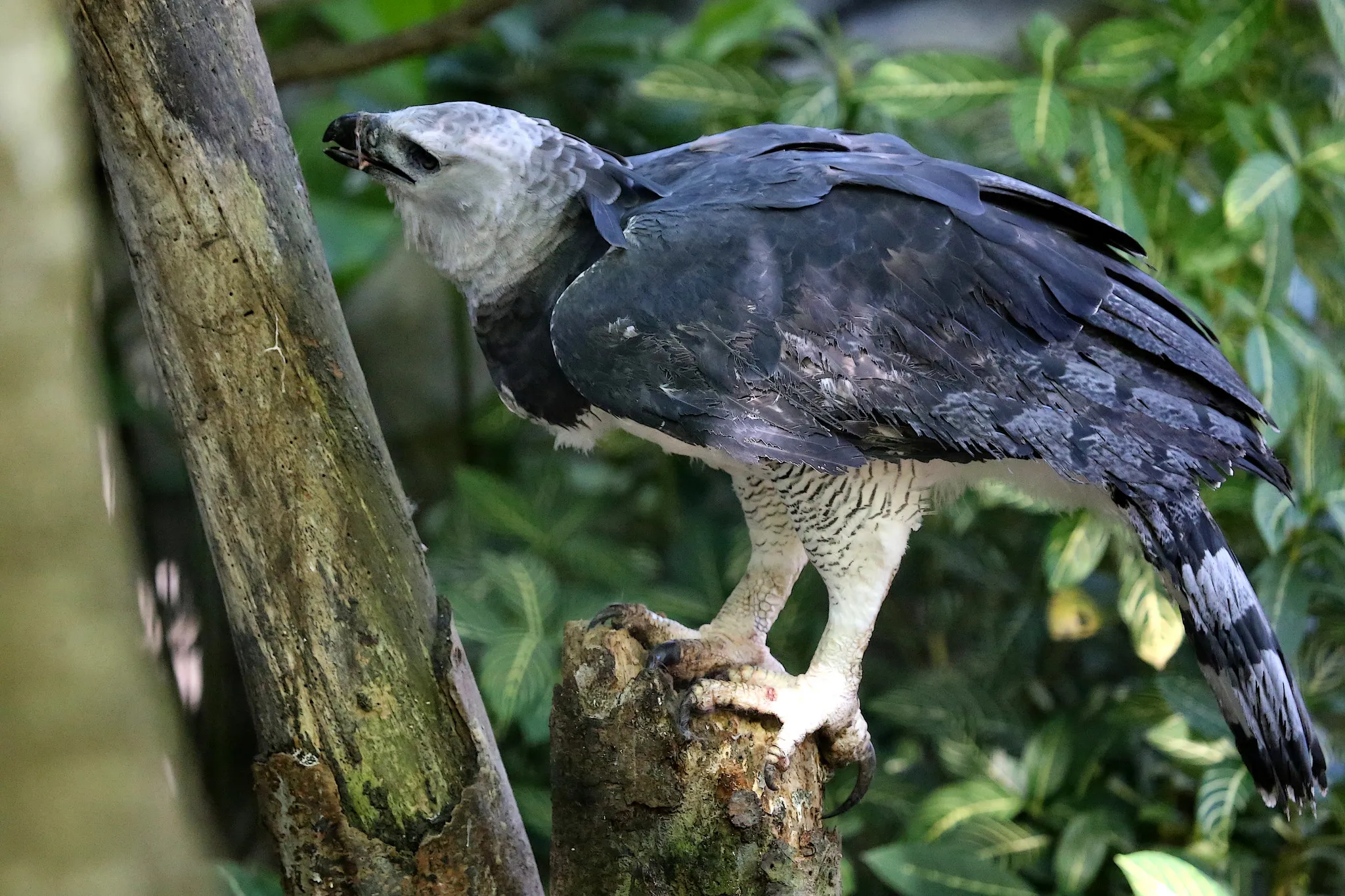
Quaternary consumers represent the highest level of the rainforest food chain, preying on tertiary consumers and exerting top-down pressure on lower trophic levels. These apex predators play a crucial role in shaping the structure and dynamics of the rainforest ecosystem.
-
Harpy Eagle: Harpy eagles are powerful birds of prey that inhabit the upper canopy of the rainforest. They primarily hunt medium-sized mammals like sloths, monkeys, and tree-dwelling birds, using their sharp talons and strong beaks to capture and subdue prey.
-
Jaguar: Jaguars are iconic apex predators of the rainforest, known for their strength, stealth, and hunting prowess. They prey on a wide range of animals, including large mammals like deer, tapirs, and peccaries, as well as smaller prey like rodents, birds, and reptiles.
-
Leopard: Although primarily found in Asian and African rainforests, leopards also inhabit some South American rainforest regions. As versatile and opportunistic predators, they hunt a variety of prey, including monkeys, deer, birds, and smaller mammals.
-
Congo Dwarf Crocodile: Found in the rainforest rivers and swamps of Central and West Africa, Congo dwarf crocodiles primarily feed on fish, amphibians, small mammals, and birds. Despite their smaller size compared to other crocodile species, they are formidable predators in their habitat.
-
African Crowned Eagle: These large birds of prey inhabit the rainforest canopy of Africa, where they hunt medium-sized mammals like monkeys, duikers, and small antelope, as well as birds and reptiles. Their powerful talons and keen eyesight make them efficient hunters in the dense forest environment.
Characteristics of Rainforest Consumers
Rainforest consumers exhibit a diverse range of characteristics that reflect their adaptation to the complex and dynamic environment of the rainforest ecosystem.
-
Specialized Diets: Consumers in the rainforest have evolved specialized diets to exploit the abundant resources available. From herbivores like gorillas and sloths to carnivores like jaguars and harpy eagles, each species has unique feeding habits and preferences shaped by the availability of food sources in their respective niches.
-
Adaptations for Arboreal Life: Many rainforest consumers are adapted to life in the trees, utilizing specialized anatomical features such as prehensile tails, grasping hands or feet, and keen agility to navigate the dense canopy and understory. This arboreal lifestyle allows them to access food resources and escape predators efficiently.
-
Camouflage and Mimicry: Predators and prey in the rainforest often employ camouflage and mimicry to evade detection or capture. Cryptic coloration, disruptive patterns, and mimicry of leaves or other objects help animals blend into their surroundings, enhancing their survival in a visually complex environment.
-
Nocturnal and Diurnal Behavior: Rainforest consumers exhibit a range of activity patterns, with some species being predominantly active during the day (diurnal) while others are more active at night (nocturnal). This division of activity helps reduce competition for resources and minimizes interactions between species with conflicting ecological requirements.
-
Complex Social Structures: Many rainforest species, particularly primates and social carnivores like lions and hyenas, exhibit complex social structures characterized by hierarchical relationships, cooperative behaviors, and intricate communication systems. These social bonds facilitate group cohesion, cooperative hunting, and mutual defense against predators.
-
Role in Seed Dispersal and Pollination: Several rainforest consumers, particularly fruit-eating birds, bats, primates, and rodents, play crucial roles in seed dispersal and pollination. By consuming fruits and nectar and subsequently dispersing seeds or transferring pollen between flowers, these animals contribute to the regeneration and genetic diversity of plant communities in the rainforest.
Importance of Rainforest Consumers
Rainforest consumers play a fundamental role in maintaining the structure, function, and resilience of the rainforest ecosystem through various ecological processes:
-
Energy Transfer: Consumers facilitate the flow of energy through the food web, transferring energy from primary producers (plants) to higher trophic levels (herbivores, carnivores). This energy transfer sustains the entire ecosystem and supports the diverse array of life forms in the rainforest.
-
Population Regulation: Predators help regulate the populations of prey species, preventing overgrazing or overexploitation of resources. By controlling prey populations, predators maintain ecosystem balance and prevent the dominance of any single species, thereby promoting biodiversity.
-
Nutrient Cycling: Consumers contribute to nutrient cycling by consuming organic matter and recycling nutrients through their waste products. Decomposers further break down organic matter, releasing nutrients back into the soil and promoting the growth of plants, which in turn support primary consumers.
-
Seed Dispersal and Pollination: Many rainforest consumers play essential roles in seed dispersal and pollination, facilitating the reproduction and regeneration of plant species. By dispersing seeds to new areas and transferring pollen between flowers, animals help maintain the genetic diversity and resilience of plant communities.
*Summary
- Rainforest consumers exhibit diverse characteristics, including specialized diets, arboreal adaptations, camouflage, and complex social structures.
- They play vital roles in energy transfer, population regulation, nutrient cycling, seed dispersal, and pollination within the rainforest ecosystem.
- Consumers help maintain ecosystem balance by regulating prey populations and promoting biodiversity.
- Their activities contribute to the resilience, productivity, and long-term survival of rainforest ecosystems.
- Protecting and conserving rainforest consumers is essential for the health of these biodiverse ecosystems and the global environment.
| Characteristics of Rainforest Consumers |
Importance of Rainforest Consumers
|
| Diverse diets and specialized adaptations |
Vital roles in energy transfer, population regulation, nutrient cycling, seed dispersal, and pollination
|
| Arboreal lifestyle with adaptations for navigating dense canopy |
Contribute to ecosystem balance by regulating prey populations and promoting biodiversity
|
| Use of camouflage and mimicry for survival |
Essential for the resilience, productivity, and long-term survival of rainforest ecosystems
|
| Diurnal and nocturnal behaviors to minimize competition |
Protecting and conserving rainforest consumers is crucial for the health of these ecosystems and the global environment
|
FAQs about Rainforest Consumers
- Q: What are primary consumers in the rainforest?
- A: Primary consumers in the rainforest are animals that primarily feed on plant material, such as leaves, fruits, and seeds. Examples include gorillas, sloths, and macaws.
- Q: What are secondary consumers in the rainforest?
- A: Secondary consumers in the rainforest are predators and omnivores that feed on primary consumers. Examples include ocelots, tree frogs, and civets.
- Q: What are tertiary consumers in the rainforest?
- A: Tertiary consumers in the rainforest are apex predators that feed on secondary consumers. Examples include river otters, pythons, and hawks.
- Q: What are quaternary consumers in the rainforest?
- A: Quaternary consumers in the rainforest are the top predators that feed on tertiary consumers. Examples include jaguars, harpy eagles, and leopards.
- Q: How do rainforest consumers contribute to ecosystem balance?
- A: Rainforest consumers help regulate prey populations, control the spread of diseases, and maintain biodiversity by preventing any single species from becoming dominant.
- Q: What is the importance of rainforest consumers in nutrient cycling?
- A: Rainforest consumers contribute to nutrient cycling by consuming organic matter and recycling nutrients through their waste products, which enriches the soil and supports plant growth.
- Q: Why are rainforest consumers important for seed dispersal and pollination?
- A: Many rainforest consumers play vital roles in dispersing seeds to new areas and transferring pollen between flowers, which helps maintain genetic diversity and regenerate plant communities.
-
Q: How can we protect rainforest consumers and their habitats?
- A: Conservation efforts such as habitat preservation, sustainable resource management, and anti-poaching measures are essential for protecting rainforest consumers and maintaining the health of their ecosystems.
